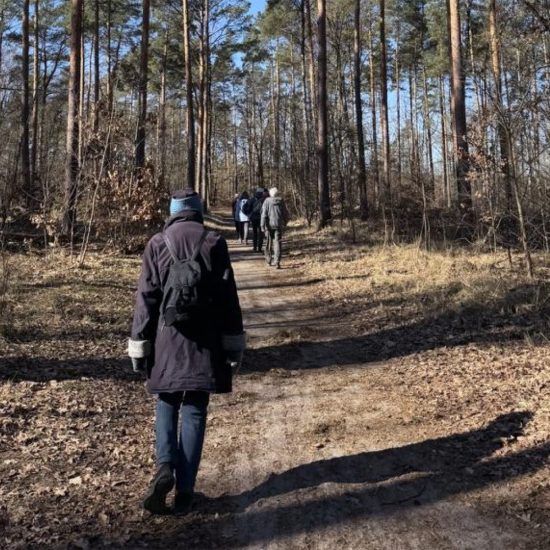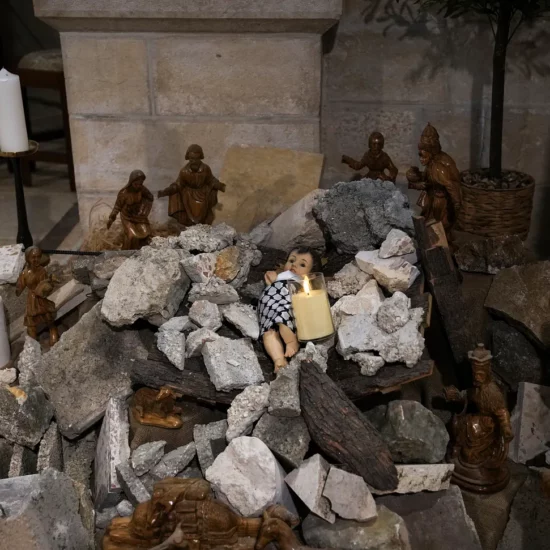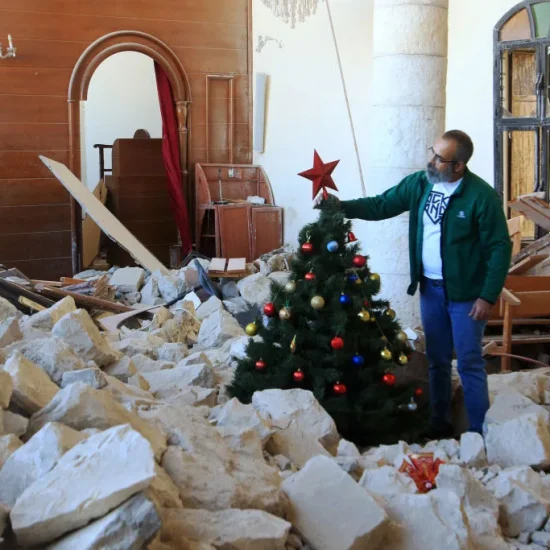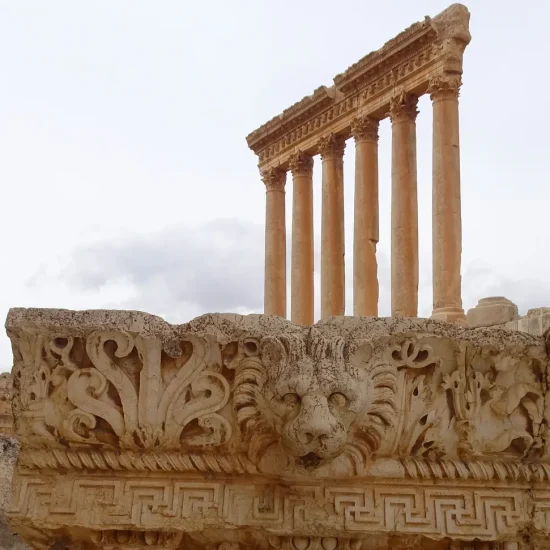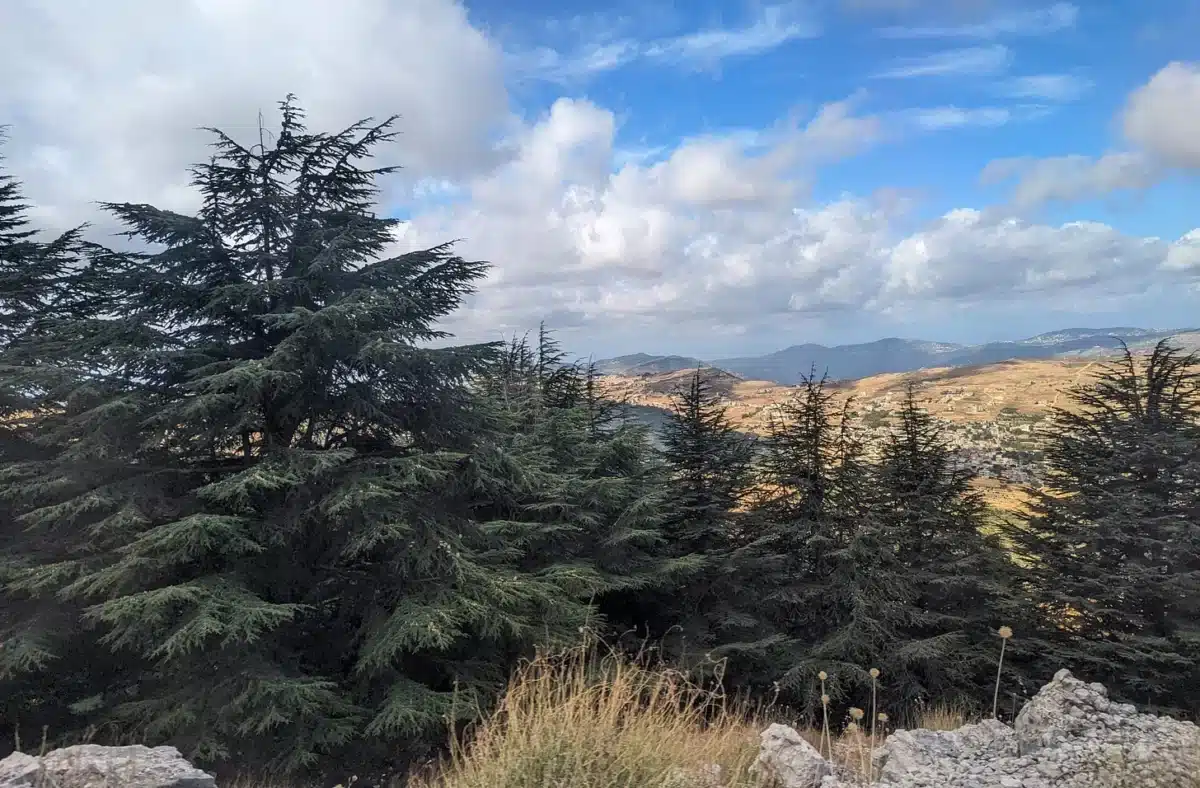
When biblical writers sought to describe something as beautiful and strong, they often turned their eyes toward the mountains of Lebanon for inspiration. There, the cedar trees that only grow at the higher elevations stretched upward. They watched over the people below, standing steady for hundreds and even thousands of years.
So it should come as no surprise that when King Solomon sought to build his magnificent temple, he raided the forests of Lebanon. His father David had previously used such cedars to build his royal palace. Solomon wanted to use them for the temple to meet his vision that “the temple I am going to build will be great because God is greater than all other gods.” Lebanese cedars would help prove that claim. Rulers through the centuries that followed similarly utilized such cedars for their grand buildings.

Part of the Barouk Cedar Forest in Lebanon. (Brian Kaylor/Word&Way)
Solomon knew well what he chose to use. Just before giving the orders, the biblical text heralds the wisdom of the king. His knowledge of the cedars is listed as proof: “His fame spread to all the surrounding nations. He spoke three thousand proverbs and his songs numbered a thousand and five. He spoke about plant life, from the cedar of Lebanon to the hyssop that grows out of walls. He also spoke about animals and birds, reptiles and fish.”
Crews cut down the trees and floated them in the Mediterranean Sea to get them closer to Jerusalem. After the temple was destroyed and the exiles returned from Babylon, they looked to the same forests to rebuild the temple. Felled cedar logs cruised down the sea to once again build God’s house.
The cedars also show up in prophetic discourse, giving biblical writers a poignant metaphor to describe God’s power, authority, and judgment. I thought of this as I visited a cedar forest in southern Lebanon last week. There in that ancient holy land, I saw what the psalmist declared: “The trees of the forest sing for joy.” And some of them have even been doing that since before the birth of Jesus. So this issue of A Public Witness takes you on a journey to Lebanon to consider the living cedars in a land filled with the ruins of empires — including the magnificent Baalbek.
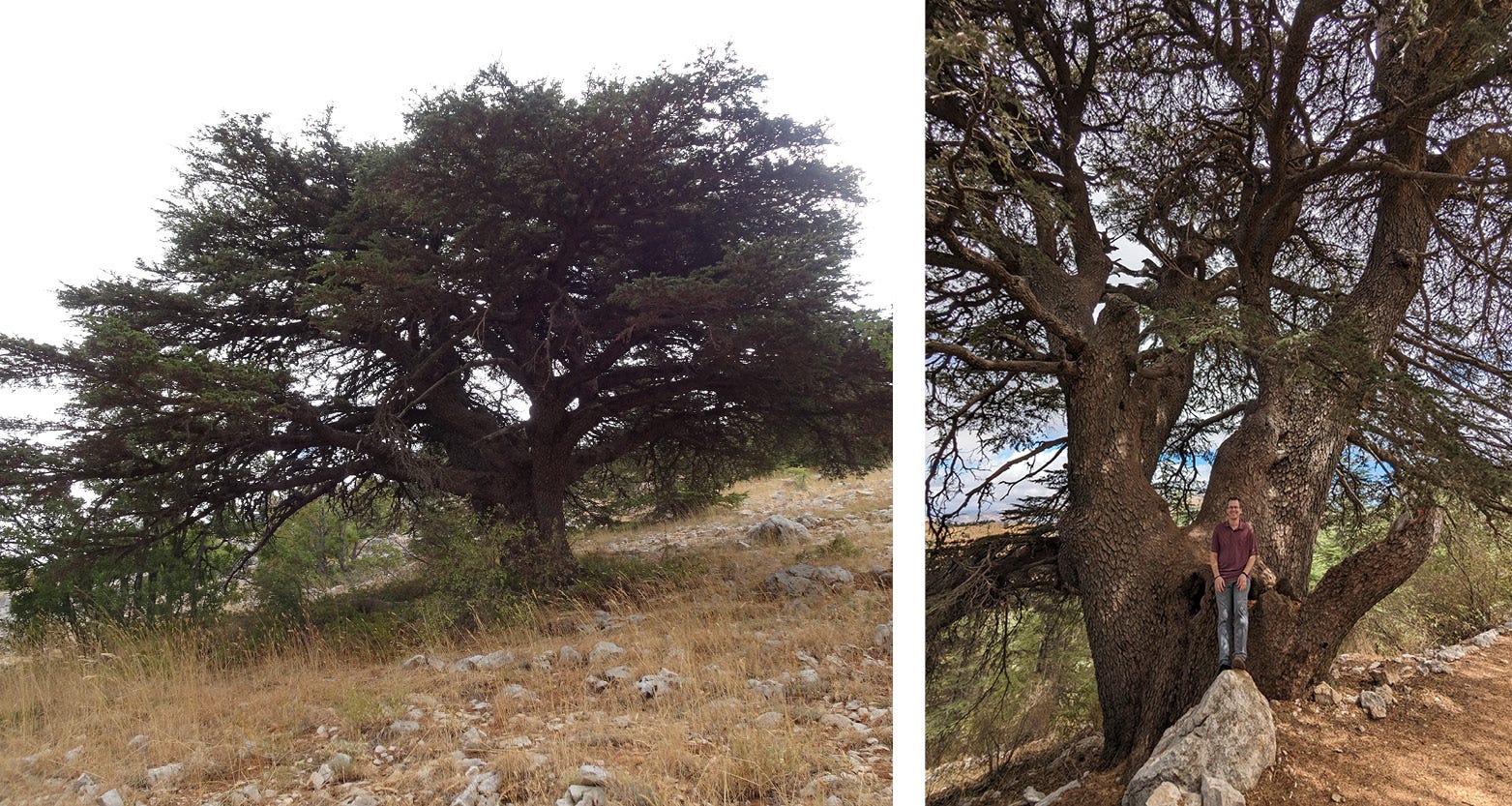
Cedar trees in the Barouk Cedar Forest in Lebanon, with Brian Kaylor standing next to one on the right. (Word&Way)

The rest of this piece is only available to paid subscribers of the

